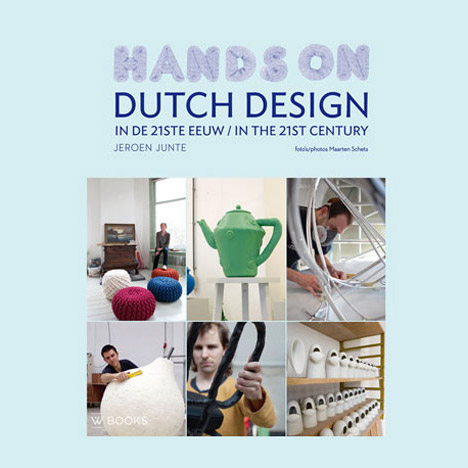
Competition: five copies of Hands On 21st Century Dutch Design to be won
Competition: we've teamed up with Dutch author Jeroen Junte to give readers the chance to win one of five copies of his new book, Hands On: 21st Century Dutch Design.

The 280-page book gives an insight into the workspaces of designers including Joost van Bleiswijk and Kiki van Eijk, Aldo Bakker, Maarten Baas, Joep van Lieshout, Studio Makkink & Bey and Joris Laarman.
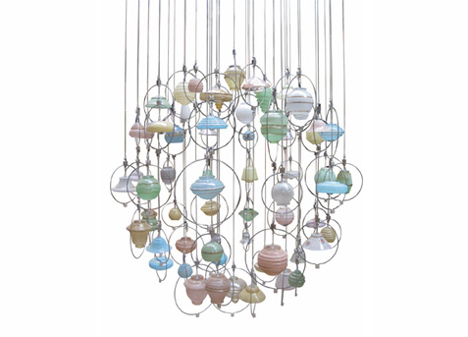
It also includes eight interviews with Dutch designers who use artisanal working methods, demonstrate a flirtation with art, engage in rigorous conceptual research or work with innovative prototypes and production techniques. There is also a chapter devoted to the institutions that support critical design in the Netherlands.
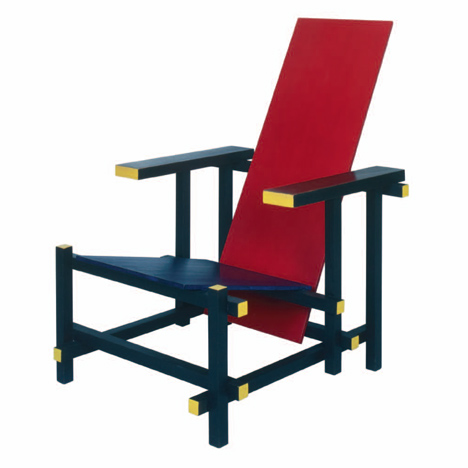
This competition is now closed.
Read our privacy policy here.
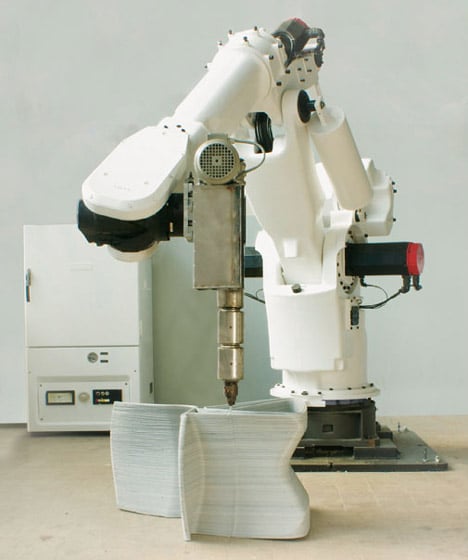
Congratulations to the winners! Andrew Hindley from the UK, Mellisa Gunawan from Singapore, Joan Tarragon from France, Kati Peifer from the Netherlands and Vissy Plati from the UK all won a copy of Hands On: Dutch Design in the 21st Century.
Subscribe to our newsletter, get our RSS feed or follow us on Twitter for details of future competitions.
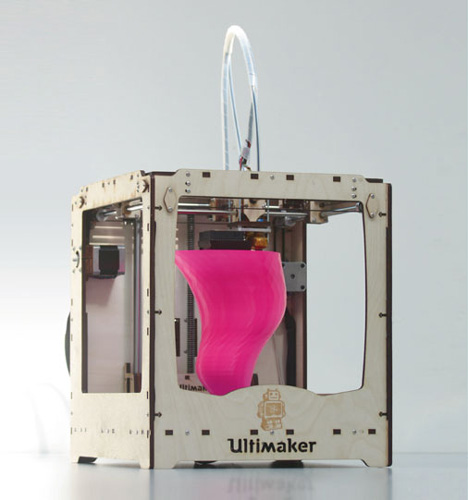
Can't wait to find out who won? Order your copy from W Books.
Here are some more details from author Jeroen Junte:
Dutch design in the 21st Century
What is Dutch design? You can ask a designer from Brazil, a critic from Germany or an art lover from Italy. Indeed, this shows the extent of its global fame. Our main export products are no longer cheese, tulips and, ok, marijuana, but design with a twist. Because wherever you ask, the answer is always the same: Dutch design is adventurous, singular and well thought-out.
Opinions differ widely on when exactly Dutch design originated. Did it start with Droog in the early 90s? Or much earlier, sometime in the early twentieth century, with Gerrit Rietveld? Or maybe just at the beginning of the new millennium, when the rest of the world discovered what these indomitable Dutch designers were capable of? It is certain that the term Dutch design only came in use in the past ten years. Before that, it was simply called Droog Design, and even further back, the Netherlands didn’t even play a significant role in international design at all. So it is strange that there is no book that provides a good overview of Dutch design in the 21st century.
Of course, the role which Droog – which is what the design platform Droog Design now calls itself – has played in the rise of Dutch design can scarcely be overestimated. In the early 90s, humour and intelligence brought an end to the reign of slick Italian design. No more luscious curls or bright colours, and certainly no shiny chrome, but a chandelier made up of about forty bare bulbs knotted together and a chair that is just a bundle of old rags. Thanks to Droog’s rebellious anti-design, the Netherlands were squarely placed on the map as the birthplace of progressive design talent in one fell swoop. Although only a dozen rag chairs and scrap wood cabinets were ever made, they did become design classics. Droog has changed opinions about design forever – it’s not just about products, but also about ideas. That is why Droog-founder Renny Ramakers is given a special place in this book.
The transition to a new century marks the transition from the avantgarde of Droog to the established order of Dutch design. Droog’s critical approach to designing has evolved into an open mentality in which nothing is predetermined, and everything is up for discussion. In the 21st century, Dutch designers create products that are elegant and very accessible, exuberant or simply breathtakingly beautiful. Dutch design stands for exclusive showpieces, but also a useful utensils. It indiscriminately utilises both traditional artisanal methods and digital production techniques, but it is always adventurous, singular and well
thought-out. And, very important: it is manufactured in the designer’s own workshop.
The fact that this design originated precisely in the Netherlands has a historical explanation. The Dutch are no strangers to inventing and conceiving a product from scratch. This is after all how their country was created: God created the earth but the Dutch claimed their own land from the sea. And their Calvinist national character gave them their sober mentality; it is not enough to be beautiful, a good product must also be efficient and properly thought out, preferably even improve the world. Add to that the critical design education, in which “market thinking” and “economic viability” are anything but guiding principles.
And do not forget the generous government, which is sponsoring designers so they can work in peace. In this environment it is almost natural that a designer develops a critical mind-set and sets up his own workshop to experiment.
This book aims to give a current overview of this Dutch design. Not just by showing products, but also by allowing the designers to explain their work. These designers were chosen on the basis of the four dominant themes in Dutch design: the artisanal working method, the flirtation with art, conceptual research and innovative prototypes and production techniques. In each of these four chapters there are interviews with two designers with a unique vision; these eight designers were not selected because of their renown or international success, but because their design demonstratively reveals the trends in traditional, artistic, conceptual and innovative design. In addition, there is a separate chapter devoted to the companies and institutions – such as museums – that enable designers to produce independent and critical work.
The world faces major challenges in the 21st century. The common ways of producing and consuming are under pressure because of differences in wealth, environmental degradation and resource scarcity. Increasingly, designers are being asked to formulate answers to these major issues. The critical and investigative Dutch design can play an obvious role in shaping the future. This is exactly why this book is not only an overview, but also an exploration of the future.
Author: Jeroen Junte
Photos: Maarten Schets
Art direction: Hansje van Halem
ISBN 978 90 891 0297 3
Price : € 49,50
Omvang: 280 pag., 24 x 30 cm
Illustr.: 400 in color
Edition: hard cover
Language: Dutch and English